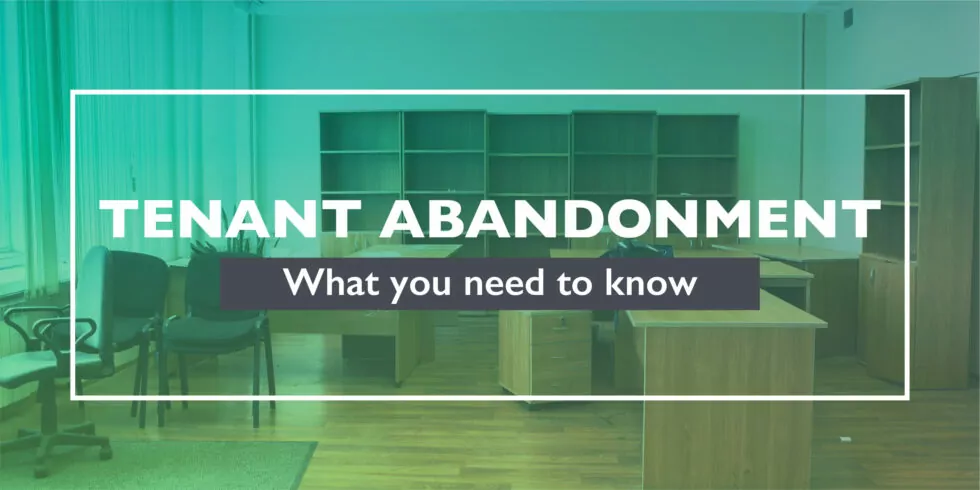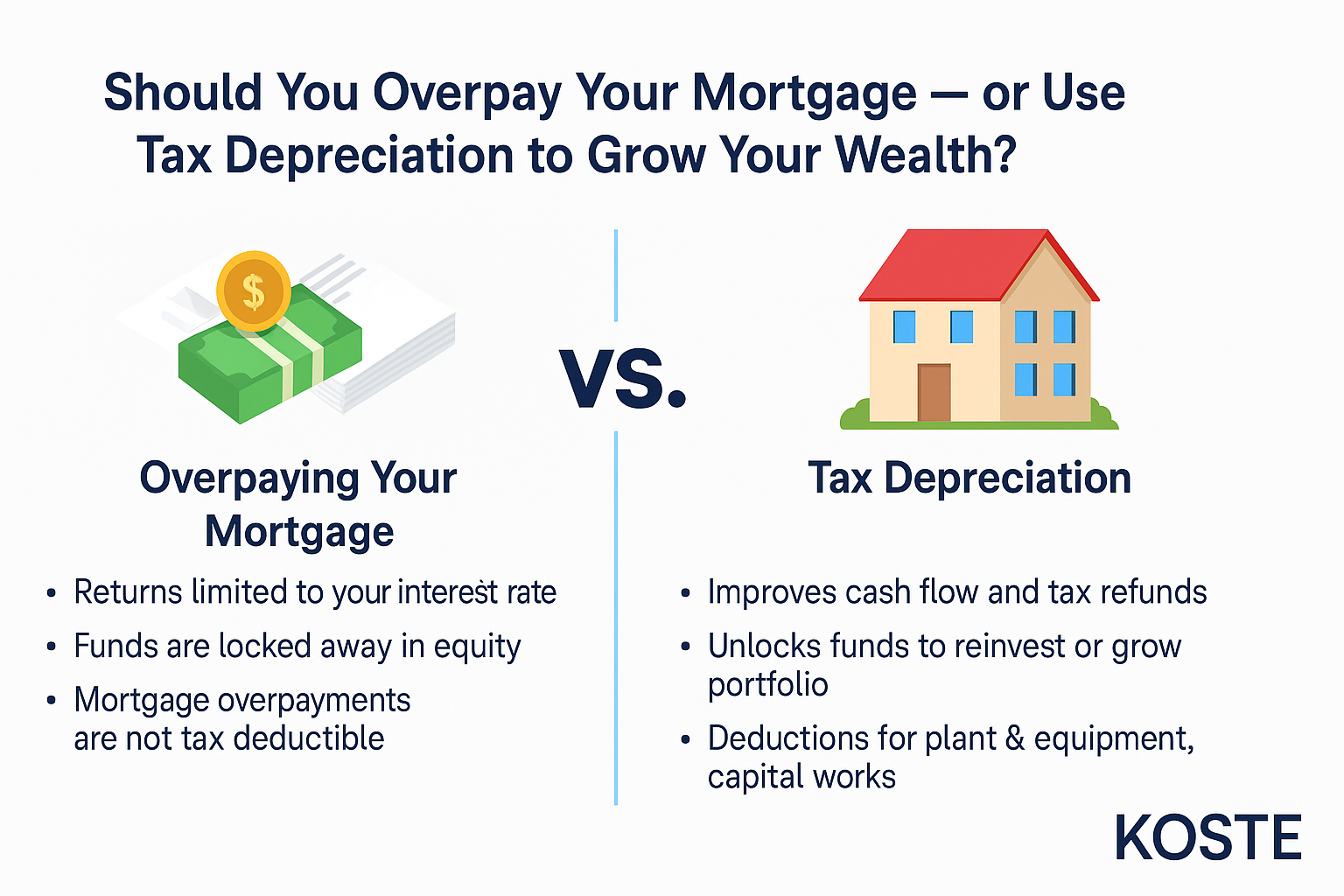
Tenant Abandonment
How does tax depreciation assist landlords with tenant abandonment?
Covid-19 has left an unprecedented impact upon Australian business. One of these impacts is the ability for businesses to pay their rent.
With temporary relief available via economic stimulus and rent reductions for Australian businesses during the pandemic starting to wind down, the cracks are starting to show and we can see the financial strain on many businesses across the country.
The pandemic has accelerated the shift towards online shopping and increased the move for corporate businesses to work from home environments. These new trends have seen a decrease in the demand for commercial property and owners are feeling the strain.
What is Tenant Abandonment?
Many landlords experience tenant abandonment. Simply, a tenant abandons and walks away from an existing lease permanently, without ending the tenancy agreement.
Over the last 12 months we have seen many of the popular retail brands and groups close or significantly reduce their stores off the high street; including:
Colette, Seafolly, Jigsaw, Kikki K, G-Star, Tigerlily, EB Games, Bardot, ED Hardy, Roger David and fashion group, Mosaic Brands Ltd – which include Noni B, Millers and Rivers.
It is important to note that whilst many businesses may have vacated premises prior to their lease end, many are now simply choosing to no longer renew their lease, leaving property owners with empty commercial spaces.
What happens to the tenants assets at the end of a lease?
Obviously, it is not a great situation to be in when your commercial property has been abandoned by the tenant, however it’s not all bad news. As the landlord you may be in a position to claim tax deductions through depreciation on 2 sections within the Income Tax Assessment Act 1997. This act applies to leases abandoned due to Covid-19 or during any other time.
Let’s take a look at Division 40 and 43 and how these factors can assist you in maximising your depreciation.
Division 40 (Plant & Equipment) assets
Plant & equipment refer to fittings and fixtures left behind by the tenant. Also known as easily removable assets and could be things like Light Fittings, Carpets, Manufacturing Equipment, Office Desks and Retail Shelving.
Unfortunately, plant and equipment assets left behind by a previous tenant have no cost base to the landlord as they did not incur the expenditure. Although, the landlord can continue to use the plant and equipment left behind to help generate income or entice a new tenant with the existing assets.
Division 43 (Capital Works)
If your tenant vacates the premises at the end of the lease, or any time before, without making good the premises as in accordance with the lease, then the premises are declared abandoned. Therefore, due to the abandonment, all of the tenants installations or property will now be considered property of the landlord.
So, if ownership of Capital Works has been transferred to the landlord, they can claim Division 43 deductions under sub section 125 of the Income Tax Act 1997.
This act deals with reversion of fit outs to landlords. Capital work items are typically considered fixed to the building, and may include assets such as Floor Tiling, Ceilings, Pipework and the like.
Calculating the value of tenant abandoned assets:
A landlord who had tenancy abandoned by a retailer, engaged Koste to calculate the reversionary fit out value of tenant abandoned assets. As only Division 43 can be claimed, Koste estimated the original fit-out costs and dates to establish a cost base that’s required to start depreciating.
Example scenario:
The estimated Div 43 fit out costs was estimated to be $250,000 and installed 3 years prior. Over the 3 year period the previous tenant claimed $18,285 in depreciation deductions, leaving $231,715 as the opening value for the landlord to start claiming.
Remember Division 40 Plant and Equipment Assets will have no cost base to write off, so this can not be included in the capital costs.
What happens if I want to remove the capital work items?
In the above example, where assets are demolished or removed 100% of the written down value can be claimed in the year of removal. These deductions can be significant as the majority of costs incurred on a fit out will fall under Division 43 Capital Works.
Next steps
We highly recommend that you gain legal advice before re-renting the property or taking control of assets left behind by tenants. You must also be sure that the property has actually been abandoned by the tenant.
It is important, for you as a commercial property owner, to always speak with a professional to understand what you are entitled to claim at tax time. The team at Koste Chartered Quantity Surveyors are ready to assist you with your questions for tenancy abandonment. Give us a call today.
Maximise property tax depreciation
Get a Free Quote today
Koste are the leading providers of commercial Tax Depreciation reports. Whether you are a tenant completing a fit-out or landlord recently purchasing a property we can help.

